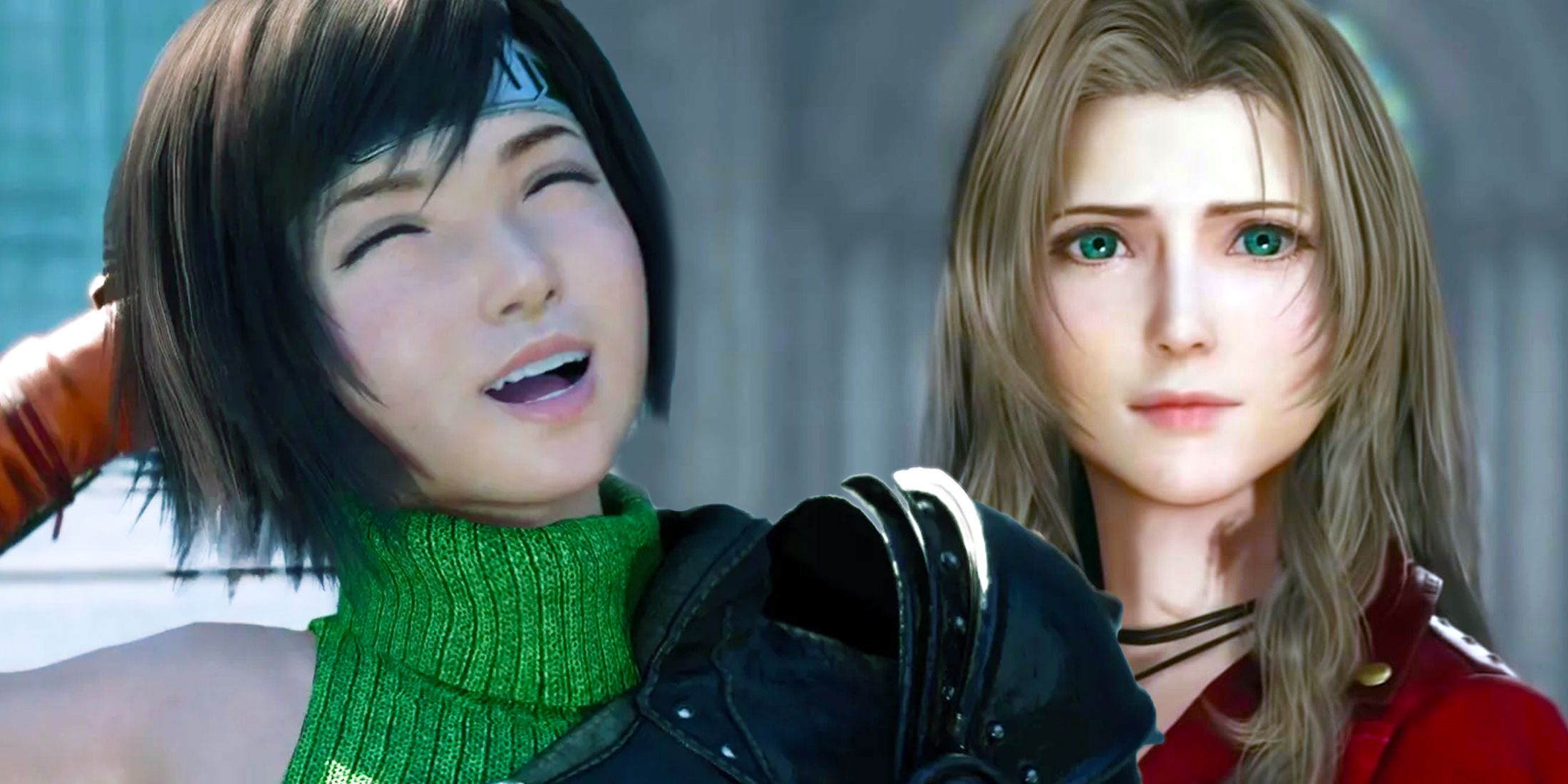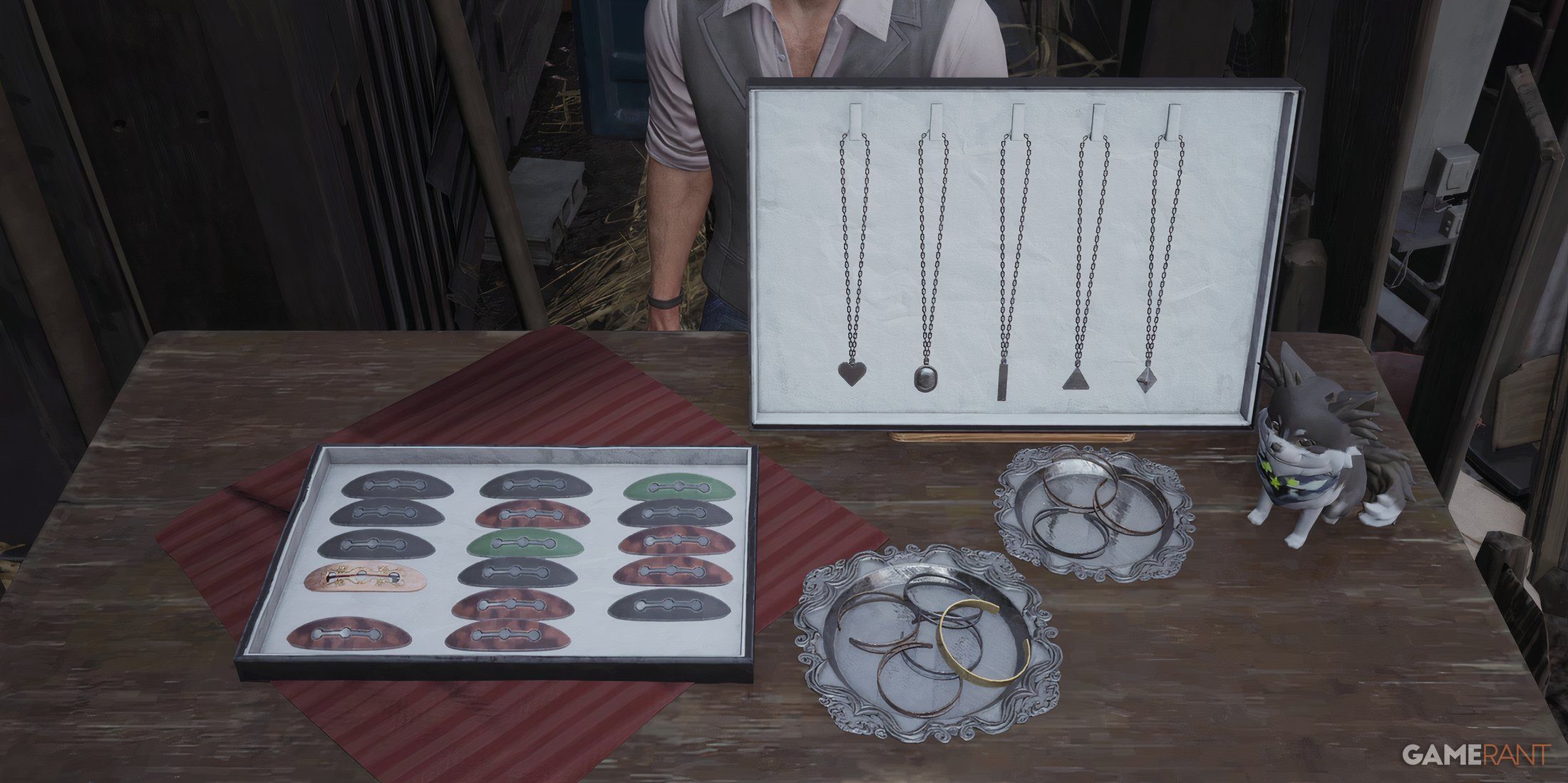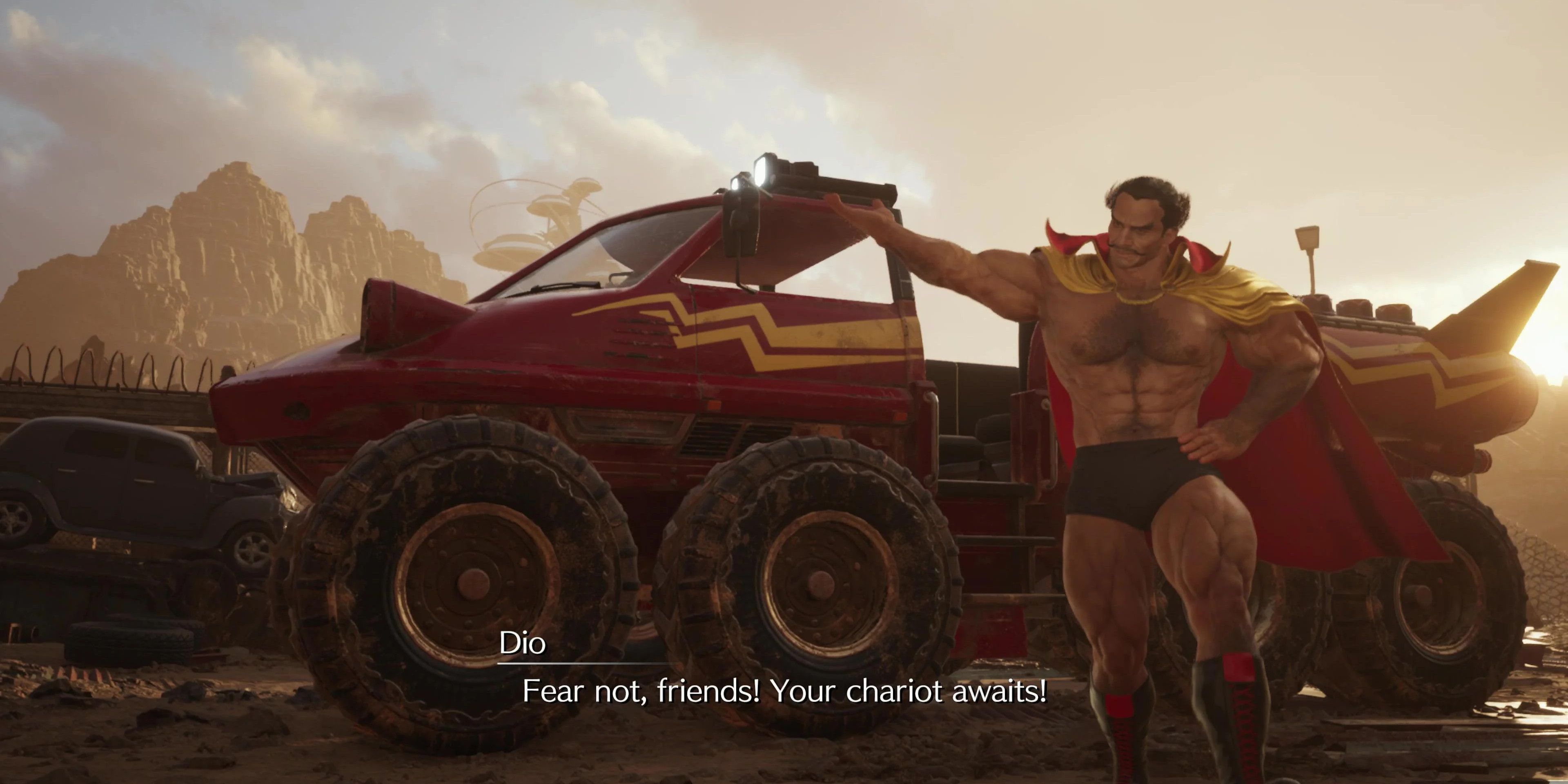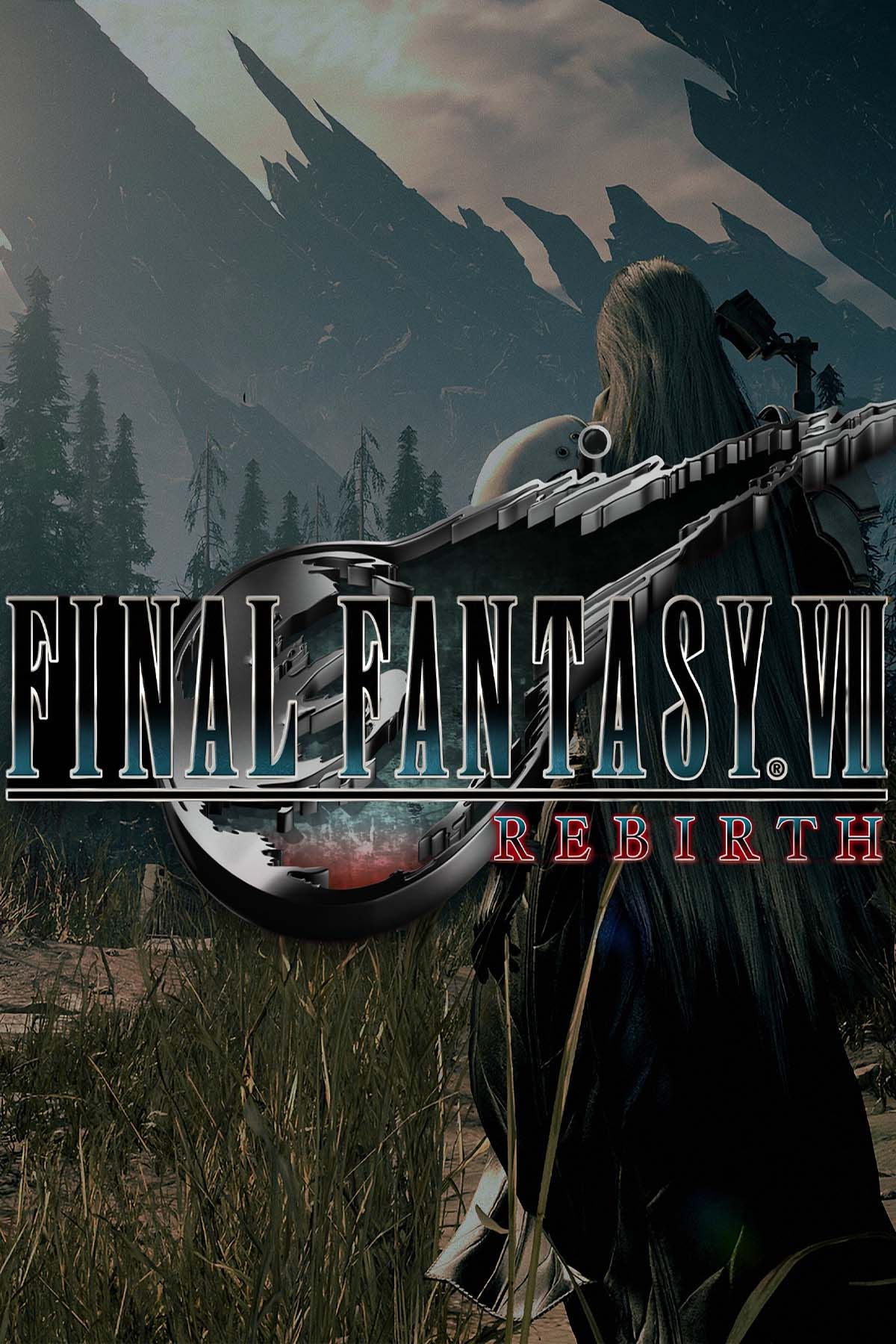Highlights
- Final Fantasy 7 Rebirth enhances gameplay with diverse movement options, but execution can be clunky at times.
- Traversal in Rebirth can feel restrictive and frustrating, hindering the overall exploration experience in the open world.
- Minor tweaks in the next game could improve movement fluidity and convenience without overhauling Rebirth's successful elements.
Final Fantasy 7 Rebirth manages to be leaps and bounds ahead of 2020's Final Fantasy 7 Remake, which is no small feat. The game, though falling short of Square Enix's sales expectations, has been a massive critical success, with praise being heaped upon it for its ambitious iterations on Remake's already impressive gameplay and RPG elements.
For the most part, everything that works in Final Fantasy 7 Remake returns in Final Fantasy 7 Rebirth. While Remake was mostly a series of linear levels and somewhat open hubs, Rebirth presents players with sprawling grassy fields, deserts, and jungles, which necessitates several different traversal methods. The game offers a diverse range of movement options for each region, but how they actually function can be decidedly less impressive.

Final Fantasy 7 Remake Part 3 Should Poke Fun At Rebirth’s Silliest Controversy
The Final Fantasy 7 Remake trilogy's final part should take the chance to build on one of Rebirth's controversies in a light-hearted and humorous way.
The Next Chapter of Final Fantasy 7 Remake Needs to Polish Traversal
Final Fantasy 7 Rebirth Movement Options: Quantity Over Quality
Final Fantasy 7 Rebirth features a lot of different traversal options, which serve as exciting rewards for progressing in the main story of the game. Rebirth features the following mounts and vehicles, all tied to specific regions:
- Yellow Chocobo
- Grey Chocobo (wall climb ability)
- Orange Chocobo
- Green Chocobo (mushroom jump ability)
- Blue Chocobo (swim ability)
- Wheelie
- Tiny Bronco (plane)
- Tiny Bronco (boat)
- Buggy
The actual experience of moving through the game world via these various options is a bit rough around the edges. For instance, while the game's Chocobos generally control well (the Golden Saucer's Chocobo Racing mini-game is evidence of this), they can easily get snagged on terrain or come to an abrupt halt when faced with a cliff's edge.
What's worse is that there's little consistency when it comes to which obstacles are insurmountable, which can be frustrating and lead to issues with open-world navigation: it's not uncommon to feel like a logical path to an objective is arbitrarily blocked by a ridge that's just a bit too high to jump over, or a cliff that can't be descended. The game often shoe-horns players down a specific path, but this comes at the expense of fluid movement and freedom and is at odds with FF7 Rebirth's stunning open world.
The aforementioned issues also apply to Cloud's on-foot movement, not just mounts and vehicles.
Some Minor Tweaks Could Make Final Fantasy 7 Remake 3's Movement Much Better
Getting stuck on terrain and being forced to work around unnecessarily cumbersome topography are small inconveniences, but they can have a detrimental impact on the overall experience of playing Final Fantasy 7 Rebirth. These issues are a major part of what makes a region like Gongaga frustrating to traverse, as players are needlessly restricted and time is wasted.
Luckily, the next chapter of the Final Fantasy 7 remake saga could fix these issues without overhauling what Rebirth introduces. A little more flexibility would go a long way, especially if part three plans to keep the vast open world of Rebirth.
Letting players jump off ledges and scale more obstacles would help traversal feel more fluid and convenient, making for a more frictionless exploration experience. Movement within specific Final Fantasy 7 Rebirth mini-games often feels great, so if that could be carried over to general gameplay, it would help make the next game's open world even better.




